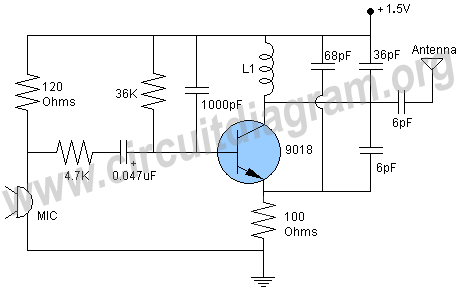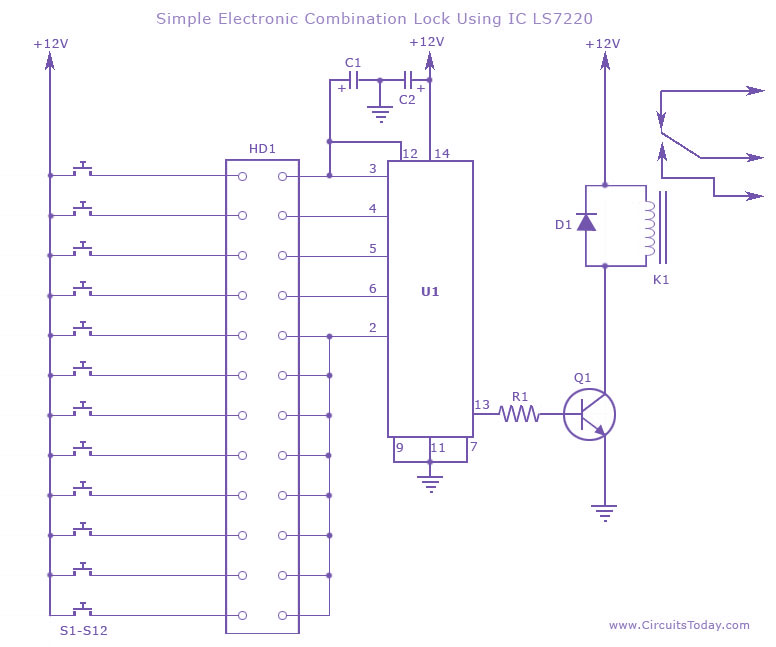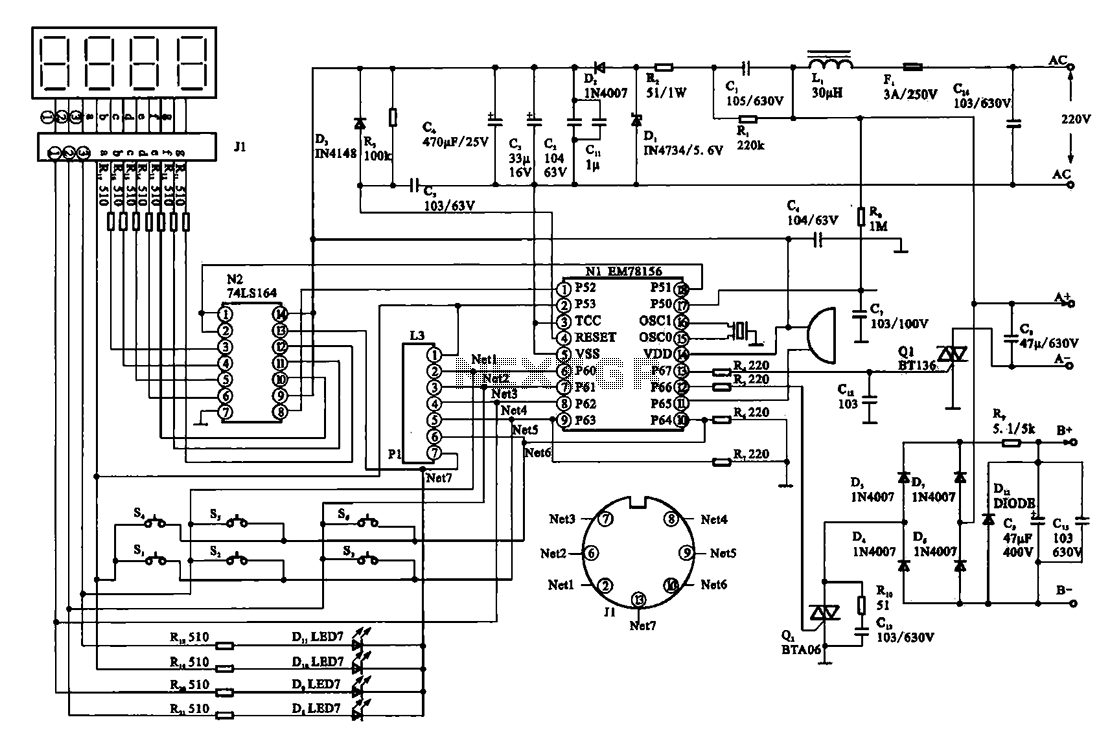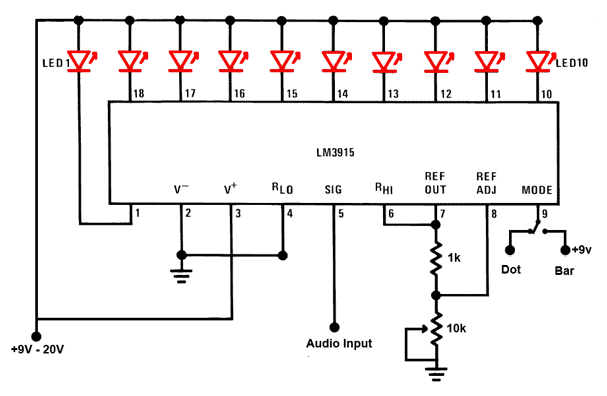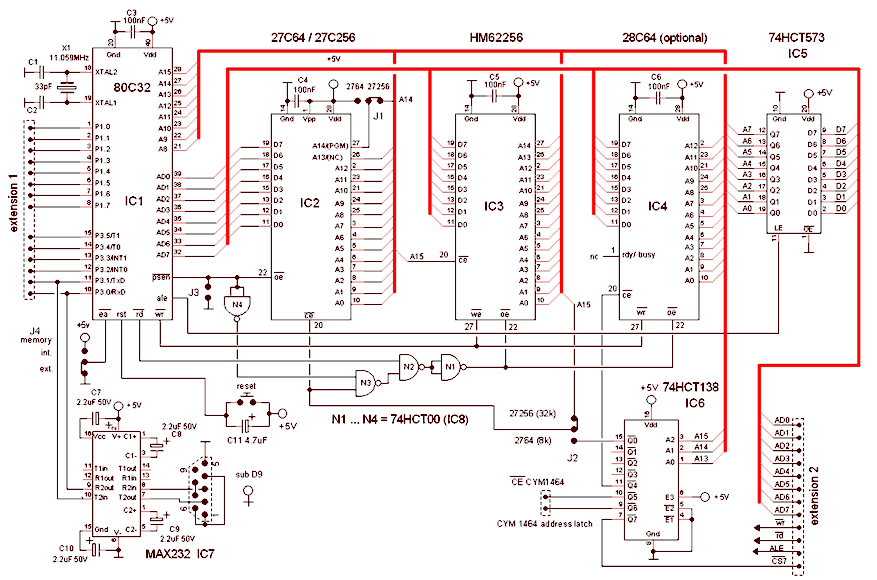
wireless digital code lock with a status display
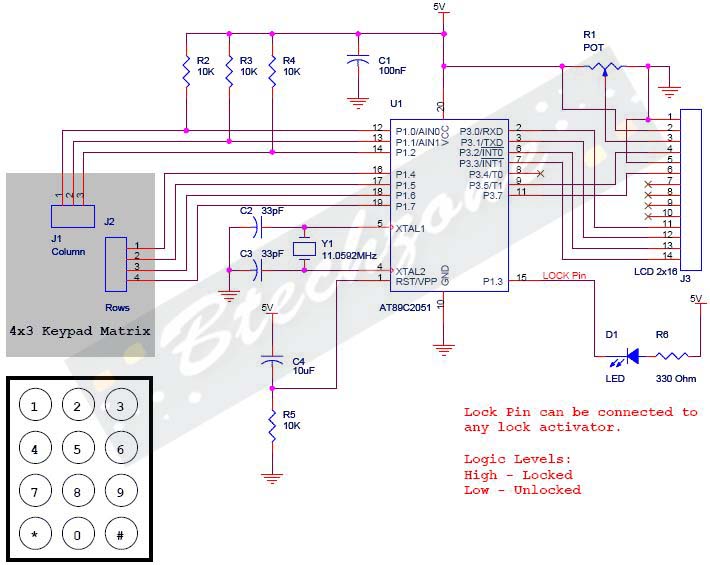
Warning: Missing argument 2 for wpdb::prepare(), called in /home3/nithish/public_html/btechzone.com/wp-content/plugins/sharebar/sharebar.php on line 112 and defined in /home3/nithish/public_html/btechzone.com/wp-includes/wp-db.php on line 992 Warning: Missing argument 2 for wpdb::prepare(), called in /home3/nithish/public_html/btechzone.com/wp-content/plugins/sharebar/sharebar.php on line 124 and defined in /home3/nithish/public_html/btechzone.com/wp-includes/wp-db.php on line 992 This project is called Digital Code Lock using AT89C2051. An LCD is utilized for display, and a keyboard is used to input the keys. The source code for this project is written in C, and both the C files and hex files are available for download. This is a straightforward project designed with effective hacking prevention from brute force attacks. The basic user lock consists of 5 digits, while the master lock comprises 10 digits, making it challenging for an intruder to breach the lock unless a simple code is used. Input is taken from a 4x3 keypad (refer to the schematic for more information), and the user input is displayed on a 2x16 LCD. A pin is designated as an output for activating and deactivating the lock, with an LED connected to that pin for demonstration purposes. The user has two options: they can either use their own 5-digit code or the default 5-digit code. To set up their own code, the user must enter 12345 and press the '#' key. After this, the controller prompts for a 10-digit master password that is preprogrammed into the controller. Upon entering the master lock, the user can input a new 5-digit code for the lock and press the '#' key to save it. The keypad consists of 12 keys (4x3 layout) labeled from 1 to 9, *, 0, and # (refer to the schematic for layout). The numeric keys are used for entering numbers, '*' serves as the Cancel key, and '#' functions as the Enter key.
The Digital Code Lock project employs the AT89C2051 microcontroller, which is a popular choice for embedded systems due to its compact size and versatility. The system architecture includes an LCD for user interaction, providing visual feedback for the entered codes and system status. The 4x3 keypad allows for efficient input of the numeric codes, with a simple layout that ensures ease of use.
The design incorporates a robust security mechanism, utilizing a 5-digit user code and a 10-digit master code to enhance security against unauthorized access. The use of a master password allows for administrative control over the user codes, enabling the user to change their access credentials securely.
The microcontroller processes the input from the keypad, validating it against the stored codes. If the correct user code is entered, the system activates the lock, indicated by the LED. In case of incorrect attempts, the system can be programmed to implement a timeout or lockout feature to deter brute force attacks.
The software component of the project is written in C, ensuring that the logic for handling keypad inputs, LCD display updates, and security checks is efficiently executed. The provision of both C and hex files allows for flexibility in programming the microcontroller, catering to users who may want to modify or extend the functionality of the system.
Overall, the Digital Code Lock project serves as an excellent example of integrating hardware and software components to create a secure access control system, showcasing the capabilities of microcontrollers in modern electronic applications.Warning: Missing argument 2 for wpdb::prepare(), called in /home3/nithish/public_html/btechzone. com/wp-content/plugins/sharebar/sharebar. php on line 112 and defined in /home3/nithish/public_html/btechzone. com/wp-includes/wp-db. php on line 992 Warning: Missing argument 2 for wpdb::prepare(), called in /home3/nithish/public_html/btechzone. com/wp-con tent/plugins/sharebar/sharebar. php on line 124 and defined in /home3/nithish/public_html/btechzone. com/wp-includes/wp-db. php on line 992 Here is a project called Digital Code Lock using AT89C2051 ². LCD is used for display and a keyboard is used to input the keys. This project source code is written in C. Both the C files and hex files are given for download. This a simple project with efficient hacking prevention from Brute Force etc. The basic user lock is of 5 Digits and Master Lock is of 10 digits so its not easy for an intruder to break the lock unless you keep the code simple. The input is taken from a 4G—3 Keypad (please see the schematic for more information) and Display the user input on a 2G—16 LCD.
A pin is assigned as output for activating and deactivating the lock. For demonstration i have connected an LED to that pin. The user has two options either he/she can use its own 5 digit code or use the default 5 digit code. If user has to do setup his own code, then he has to enter 12345 ³ and press #`. After this. controller will ask for 10 Digit master password which is preprogrammed in the controller. Entering master lock, user can enter the new 5 digit code for the lock and press #` to save it. Keypad has 12 keys (4G—3) starting from 1, 2, 3, 4, 5, 6, 7, 8, 9, *, 0, # (please see the schematic for layout). Numeric keys are used for entering numbers. *` is used as the Cancel key and #` is used as the Enter key. 🔗 External reference
The Digital Code Lock project employs the AT89C2051 microcontroller, which is a popular choice for embedded systems due to its compact size and versatility. The system architecture includes an LCD for user interaction, providing visual feedback for the entered codes and system status. The 4x3 keypad allows for efficient input of the numeric codes, with a simple layout that ensures ease of use.
The design incorporates a robust security mechanism, utilizing a 5-digit user code and a 10-digit master code to enhance security against unauthorized access. The use of a master password allows for administrative control over the user codes, enabling the user to change their access credentials securely.
The microcontroller processes the input from the keypad, validating it against the stored codes. If the correct user code is entered, the system activates the lock, indicated by the LED. In case of incorrect attempts, the system can be programmed to implement a timeout or lockout feature to deter brute force attacks.
The software component of the project is written in C, ensuring that the logic for handling keypad inputs, LCD display updates, and security checks is efficiently executed. The provision of both C and hex files allows for flexibility in programming the microcontroller, catering to users who may want to modify or extend the functionality of the system.
Overall, the Digital Code Lock project serves as an excellent example of integrating hardware and software components to create a secure access control system, showcasing the capabilities of microcontrollers in modern electronic applications.Warning: Missing argument 2 for wpdb::prepare(), called in /home3/nithish/public_html/btechzone. com/wp-content/plugins/sharebar/sharebar. php on line 112 and defined in /home3/nithish/public_html/btechzone. com/wp-includes/wp-db. php on line 992 Warning: Missing argument 2 for wpdb::prepare(), called in /home3/nithish/public_html/btechzone. com/wp-con tent/plugins/sharebar/sharebar. php on line 124 and defined in /home3/nithish/public_html/btechzone. com/wp-includes/wp-db. php on line 992 Here is a project called Digital Code Lock using AT89C2051 ². LCD is used for display and a keyboard is used to input the keys. This project source code is written in C. Both the C files and hex files are given for download. This a simple project with efficient hacking prevention from Brute Force etc. The basic user lock is of 5 Digits and Master Lock is of 10 digits so its not easy for an intruder to break the lock unless you keep the code simple. The input is taken from a 4G—3 Keypad (please see the schematic for more information) and Display the user input on a 2G—16 LCD.
A pin is assigned as output for activating and deactivating the lock. For demonstration i have connected an LED to that pin. The user has two options either he/she can use its own 5 digit code or use the default 5 digit code. If user has to do setup his own code, then he has to enter 12345 ³ and press #`. After this. controller will ask for 10 Digit master password which is preprogrammed in the controller. Entering master lock, user can enter the new 5 digit code for the lock and press #` to save it. Keypad has 12 keys (4G—3) starting from 1, 2, 3, 4, 5, 6, 7, 8, 9, *, 0, # (please see the schematic for layout). Numeric keys are used for entering numbers. *` is used as the Cancel key and #` is used as the Enter key. 🔗 External reference
Warning: include(partials/cookie-banner.php): Failed to open stream: Permission denied in /var/www/html/nextgr/view-circuit.php on line 713
Warning: include(): Failed opening 'partials/cookie-banner.php' for inclusion (include_path='.:/usr/share/php') in /var/www/html/nextgr/view-circuit.php on line 713
